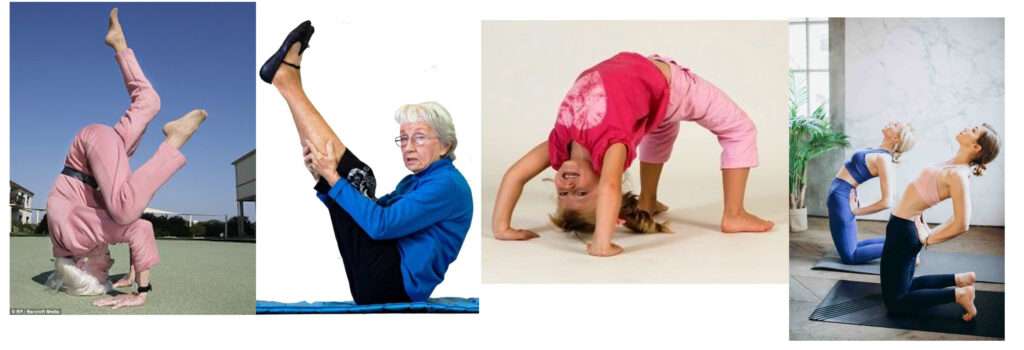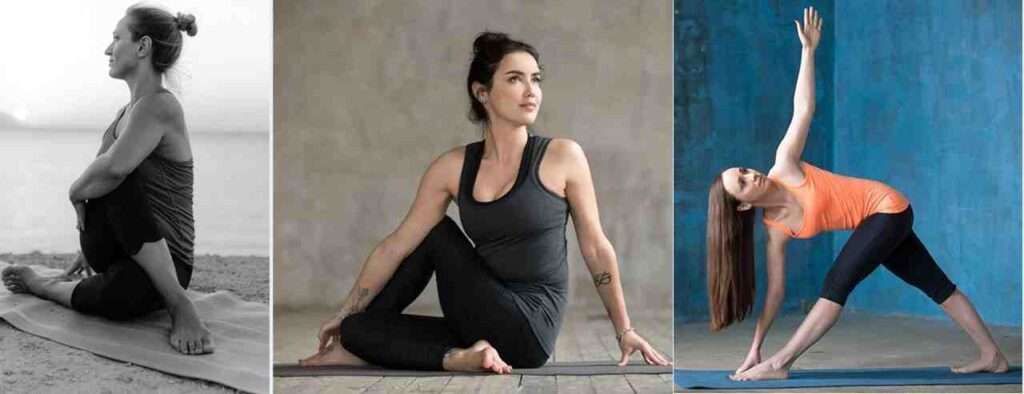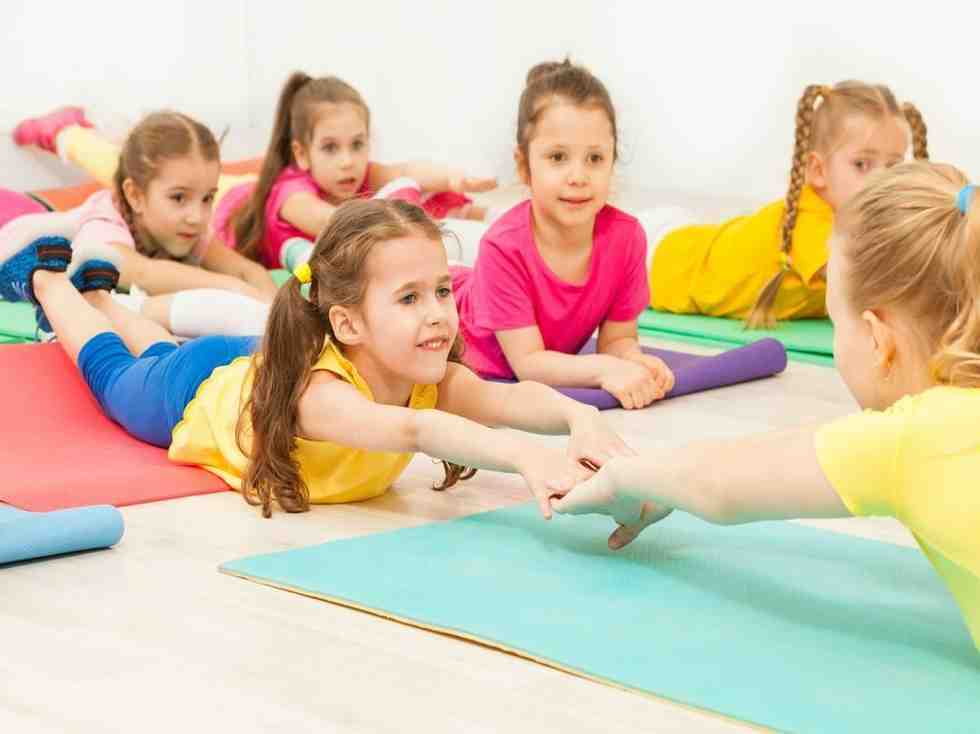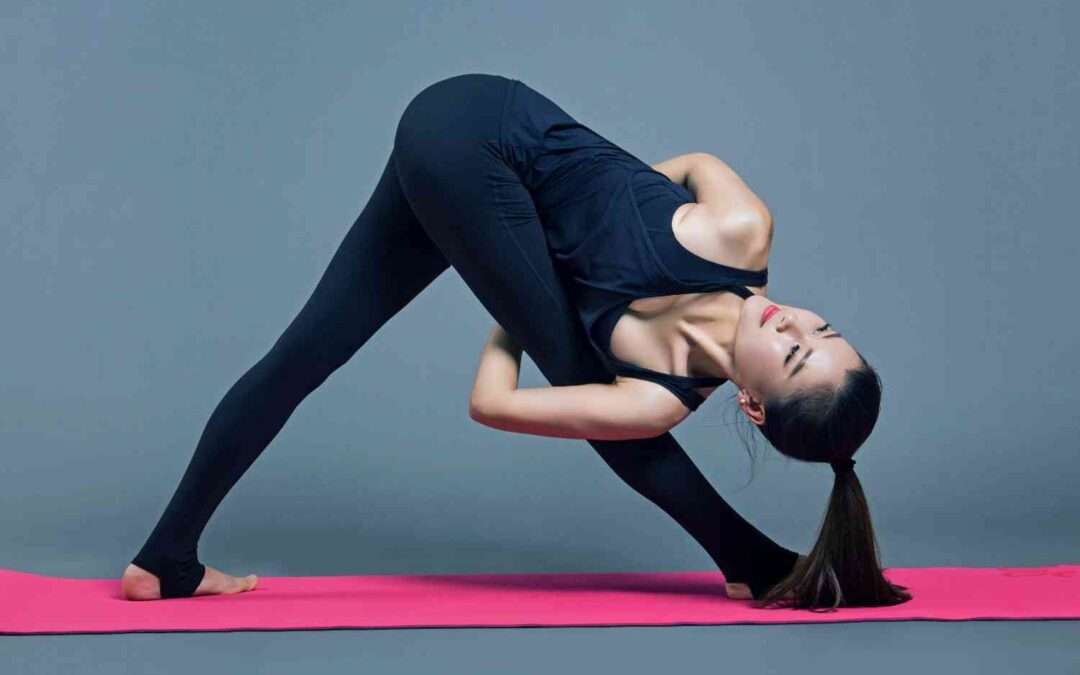Yoga is not just a form of exercise; it’s a holistic approach to achieving physical, mental, and spiritual well-being. While it may have originated in ancient India, the practice of yoga has transcended borders and cultures, becoming a global phenomenon. In recent years, it has gained immense popularity, and for good reason. Yoga is for everyone, regardless of age, fitness level, or background. In this article, we will explore the diverse world of yoga and why it truly is an accessible path to health and wellness for everyone.

The Universal Appeal of Yoga
Yoga’s universal appeal lies in its adaptability and inclusivity. It’s not confined to any particular age group, body type, or gender. Whether you’re a young athlete looking to improve flexibility, an office worker seeking stress relief, a senior citizen wanting to enhance balance, or someone recovering from an injury, yoga offers something for everyone.
1. Physical Fitness for All Ages
Yoga is an excellent way to stay physically active, regardless of your age. Many traditional forms of exercise can be harsh on the joints and muscles, making them less accessible to older individuals. However, yoga focuses on gentle stretching, balance, and body awareness, making it a safe and effective option for seniors.
Yoga provides a well-rounded fitness routine for younger generations, including strength, flexibility, and endurance training. It complements other forms of exercise and can enhance athletic performance.
2. Stress Reduction in a Hectic World
In today’s fast-paced world, stress is a common companion. Yoga’s emphasis on mindfulness and deep breathing provides an effective means to manage stress and promote relaxation. It helps individuals develop coping mechanisms to deal with the demands of modern life.
3. Healing and Recovery
Yoga’s therapeutic benefits make it accessible to those recovering from injuries or dealing with chronic conditions. Many yoga poses and sequences are designed to alleviate pain, improve mobility, and promote healing. This makes yoga a valuable addition to rehabilitation programs and a means of regaining physical health.
4. Body Positivity and Acceptance
One of the most beautiful aspects of yoga is its promotion of body positivity and self-acceptance. Unlike some fitness cultures that emphasize achieving a specific body image, yoga encourages individuals to embrace their bodies as they are and work towards their own goals. This approach fosters a healthy relationship with one’s body, leading to greater self-confidence and self-love.
Types of Yoga: Finding Your Fit

Yoga is not a one-size-fits-all practice. There are various styles and traditions to explore, each catering to different needs and preferences. Here are some of the most popular types of yoga:
1. Hatha Yoga
Hatha yoga is a gentle and foundational practice that focuses on basic postures and breathing techniques. It’s an excellent choice for beginners and those looking for a slow-paced, introductory practice.
2. Vinyasa Yoga
Vinyasa yoga is characterized by a flow of movements synchronized with the breath. It’s dynamic and can be physically demanding, making it suitable for those who enjoy a more vigorous workout.
3. Bikram Yoga
Also known as hot yoga, Bikram yoga takes place in a heated room with a set sequence of 26 poses and two breathing exercises. The heat can enhance flexibility, but it may not be suitable for everyone, particularly those sensitive to high temperatures.
4. Iyengar Yoga
Iyengar yoga places a strong emphasis on alignment and uses props like belts and blocks to help students achieve correct postures. It’s suitable for all levels and can be particularly helpful for those with physical limitations or injuries.
5. Ashtanga Yoga
Ashtanga yoga is a rigorous and structured practice that follows a specific sequence of postures and is known for its physically demanding nature. It’s ideal for those seeking a challenging and disciplined practice.
6. Restorative Yoga
Restorative yoga involves gentle postures held for extended periods, often using props like bolsters and blankets. It’s designed to promote deep relaxation and is especially beneficial for stress relief and healing.
7. Kundalini Yoga
Kundalini yoga incorporates dynamic movements, meditation, and chanting to awaken and release energy. It’s considered a spiritually focused practice and can be transformative for those seeking inner growth.
8. Prenatal and Postnatal Yoga
Yoga can also cater to expectant and new mothers. Prenatal yoga helps women stay active and relieve discomfort during pregnancy, while postnatal yoga aids in recovery and bonding with the baby.
9. Chair Yoga
For individuals with limited mobility or those who find it challenging to practice on the mat, chair yoga offers a seated alternative with similar benefits.
The variety of yoga styles ensures that there’s a practice suitable for everyone. It’s essential to explore different styles to find the one that resonates with your needs and preferences.
Breaking Barriers: Yoga for All Abilities
Yoga’s adaptability extends to individuals with disabilities or special needs. Many yoga instructors and studios offer modified classes to accommodate various physical and cognitive challenges. Here’s how yoga can be made accessible to all abilities:
1. Adaptive Yoga
Adaptive yoga classes are designed for individuals with disabilities or limited mobility. These classes may include the use of props, chairs, or other aids to ensure that participants can safely and comfortably practice yoga.
2. Yoga for Kids
Yoga is not limited to adults. Kids can greatly benefit from yoga’s focus on mindfulness, body awareness, and physical activity. Children’s yoga classes are designed to be engaging and age-appropriate.

3. Yoga for Mental Health
Yoga can be a powerful tool for individuals dealing with mental health challenges. It can help manage symptoms of anxiety, depression, and PTSD by promoting relaxation and self-awareness.
4. Inclusive Language and Instruction
Instructors are increasingly using inclusive language and cues to ensure that all participants feel welcome and understood in class. This includes offering variations for poses and making adjustments as needed.
5. Yoga for Neurodiversity
Yoga can benefit individuals on the autism spectrum or with other neurological differences. Classes can be adapted to accommodate sensory sensitivities and communication needs.
The Benefits of a Regular Yoga Practice
Regardless of age, ability, or background, a regular yoga practice can offer a multitude of benefits:
Improved Flexibility and Strength
Yoga poses and stretches target various muscle groups, leading to improved flexibility and strength. This can enhance posture and reduce the risk of injuries in daily life.
2. Enhanced Balance and Coordination
Many yoga poses require balance and coordination, which can improve over time with consistent practice. This is particularly beneficial for older adults looking to prevent falls.
3. Stress Reduction and Relaxation
Yoga’s focus on mindfulness and deep breathing techniques can reduce stress levels and promote relaxation. It provides valuable tools for managing the pressures of modern life.
4. Better Mental Health
Yoga can have a positive impact on mental health by reducing symptoms of anxiety and depression. It encourages self-reflection and self-acceptance.
5. Pain Relief
For individuals dealing with chronic pain conditions, such as lower back pain or arthritis, yoga can provide relief by improving flexibility and strengthening supporting muscles.
6. Improved Sleep
Regular yoga practice has been shown to improve the quality of sleep, making it beneficial for individuals with insomnia or sleep disturbances.
7. Increased Body Awareness
Yoga cultivates body awareness, helping individuals become more attuned to their physical sensations and emotions. This can lead to healthier lifestyle choices.
8. Enhanced Breathing
Conscious breathing techniques in yoga can improve lung capacity and respiratory health. This is especially valuable for individuals with respiratory conditions like asthma.
9. Community and Connection
Participating in yoga classes can foster a sense of community and connection. It provides an opportunity to meet like-minded individuals and build a supportive network.
10. Personal Growth and Spirituality
For those interested in the spiritual aspect of yoga, it can be a path of personal growth and self-discovery. It offers a framework for exploring one’s inner world and developing a deeper sense of purpose.
Starting Your Yoga Journey
If you’re new to yoga, here are some tips to help you start your journey:
1. Find a Qualified Instructor
It’s important to learn the basics of yoga from a qualified instructor who can guide you through proper alignment and technique.
2. Start Slowly
Yoga is not a competition. Begin with beginner-friendly classes or styles like Hatha or Gentle Yoga, and gradually progress as you become more comfortable and confident.
3. Listen to Your Body
Yoga is about self-awareness. Pay attention to your body’s signals, and don’t push yourself into poses that feel uncomfortable or painful.
4. Be Consistent
Consistency is key to reaping the benefits of yoga. Aim to practice regularly, even if it’s just a few minutes each day.
5. Invest in Quality Gear
While you don’t need fancy equipment to practice yoga, investing in a good-quality mat and comfortable clothing can enhance your experience.
6. Explore Different Styles
Try out different styles of yoga to see which one resonates with you the most. Each style offers a unique experience.
7. Practice Mindfulness
Yoga is not just about physical postures; it’s also about mindfulness and meditation. Incorporate these aspects into your practice for a holistic experience.
8. Be Patient with Yourself
Yoga is a journey, and progress may be slow. Embrace the process and be patient with yourself as you develop your practice.
Conclusion: Yoga’s Inclusivity and Universality
Yoga’s ability to adapt to the needs and preferences of individuals is what makes it truly accessible to everyone. It transcends age, ability, and background, offering a path to physical fitness, mental wellness, and spiritual growth. Whether you’re a senior citizen seeking balance and mobility, an athlete looking to enhance performance, or someone in search of stress relief and inner peace, yoga has something to offer.
As yoga continues to gain popularity worldwide, it’s essential to celebrate its inclusivity and diversity. Yoga truly is for everyone, and its universal appeal lies in its power to transform lives, one breath and one pose at a time. So, whether you’re rolling out your mat for the first time or you’re a seasoned yogi, remember that the practice of yoga welcomes you with open arms, ready to guide you on your journey to health and wellness. Namaste.
To know more about Asanas & Practice visit https://yogahomeworkout.com


Your article helped me a lot, is there any more related content? Thanks!
Yes, you can visit my website https://yogahomeworkout.com/
check the blog for more articles
Thank you for visiting
This is for more awareness of good health